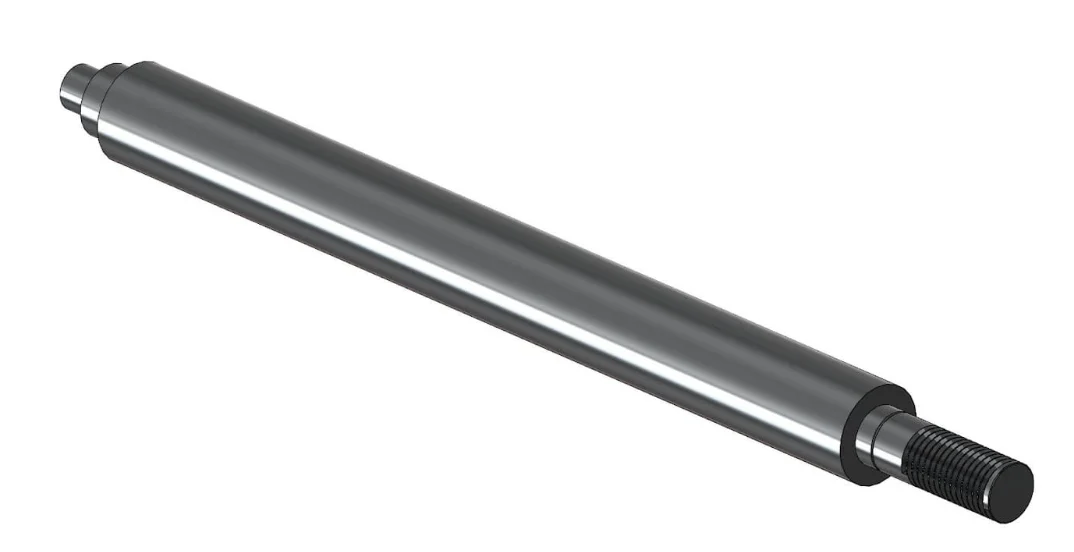
High-precision Rods For Industrial Applications
Piston rods offer high strength and corrosion resistance for hydraulic and pneumatic cylinders in industrial applications.
High-precision Rods For Industrial Applications
Piston rods offer high strength and corrosion resistance for hydraulic and pneumatic cylinders in industrial applications.
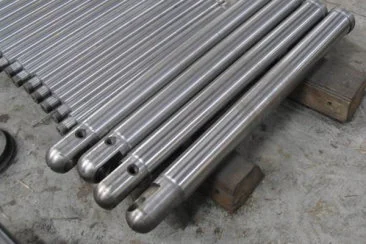
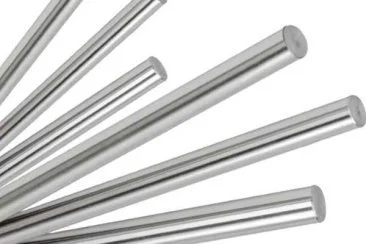
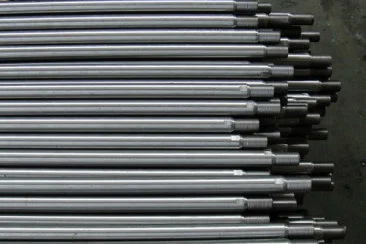
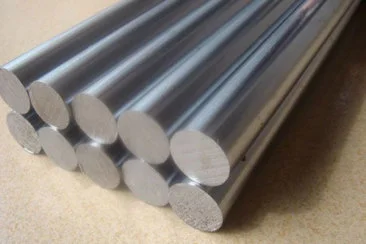
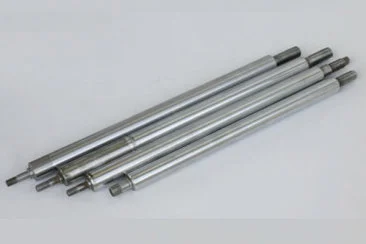
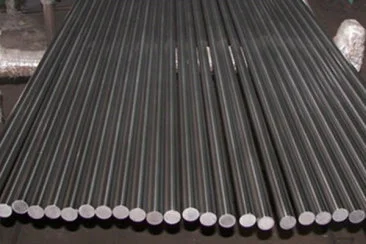
Piston Rods are precision-engineered components designed to transmit force and motion in hydraulic piston rods and pneumatic piston rods within cylinders. Typically made from high-strength materials like carbon steel, alloy steel, or stainless steel, these rods are often chrome-plated to enhance corrosion resistance and wear resistance. Conforming to standards such as DIN 2391, EN 10305-1, and ASTM A519, they are critical for applications in construction, automotive, and industrial machinery.
Manufactured through processes like cold-drawing, precision grinding, and chrome plating, Precision Piston Rods achieve tight dimensional tolerances (H7–H9) and surface roughness (Ra ≤ 0.2 µm), ensuring smooth operation and extended seal life. Available in diameters from 6 mm to 200 mm and lengths up to 6 meters, they are designed to withstand high-pressure conditions (up to 70 MPa) and resist pipeline wear. Surface treatments, such as hard chrome plating or nitriding, further enhance durability in harsh environments.
Piston Rods address challenges like surface wear, corrosion, and fatigue in hydraulic and pneumatic systems. Their robust construction and high precision make them ideal for demanding applications, ensuring reliable performance and reduced maintenance costs.
It is a cylindrical rod that extends from the piston and connects it to the crosshead or the connecting rod in an engine or the piston in a hydraulic or pneumatic cylinder.
In an internal combustion engine, the piston rod connects the piston to the crankshaft, converting the reciprocating motion of the piston into rotational motion of the crankshaft, which drives the engine's operation.
In a hydraulic cylinder, the piston rod extends and retracts to move the piston inside the cylinder, converting hydraulic pressure into linear mechanical force.
In a pneumatic cylinder, the piston rod is similarly used to extend and retract the piston, converting compressed air pressure into linear mechanical motion.
Piston rods are usually made of high-strength materials like steel to withstand the forces and stress encountered during their operation. They are crucial components in many mechanical systems and play a vital role in converting energy and transmitting motion in various applications.
Piston rods are manufactured to meet stringent technical requirements, ensuring high performance in industrial applications:
These specifications ensure piston rods meet the demands of high-pressure hydraulic and pneumatic systems, providing durability and precision.
Tight tolerances (H7–H9) and smooth surfaces (Ra ≤ 0.2 µm) ensure optimal performance.
Chrome plating or nitriding protects against environmental degradation.
Withstands pressures up to 70 MPa in demanding applications.
Smooth surfaces reduce wear on seals and pistons.
Durable design minimizes maintenance and downtime.
Available in various diameters and lengths up to 6 m.
| Grade | C (% max) | Si (% max) | Mn (%) | P (% max) | S (% max) |
|---|---|---|---|---|---|
| ST52 (DIN 2391) | 0.22 | 0.55 | 1.60 | 0.025 | 0.015 |
| E355 (EN 10305-1) | 0.22 | 0.55 | 1.60 | 0.025 | 0.015 |
| ASTM A519 1026 | 0.22–0.28 | 0.15–0.35 | 0.60–0.90 | 0.040 | 0.050 |
| Grade | Tensile Strength (MPa min) | Yield Strength (MPa min) | Elongation (% min) |
|---|---|---|---|
| ST52 (DIN 2391) | 600 | 520 | 14 |
| E355 (EN 10305-1) | 580 | 450 | 15 |
| ASTM A519 1026 | 515 | 350 | 15 |
| Feature | Honed Tubes | Standard Tubes |
|---|---|---|
| Material Type | Carbon/Alloy Steel (ST52, E355) | Carbon Steel |
| Surface Finish | Ra ≤0.4 µm (Honed/SR-B) | Ra ≥1.0 µm |
| Tolerance | H7–H9 | H11 or lower |
| Tensile Strength (MPa) | 515–600 | 400–500 |
| Applications | Hydraulic/Pneumatic Cylinders | General Piping |
| Cost | Higher (precision processing) | Lower |
| Key Advantage | Precision bore, extended seal life | Cost-effective for non-precision uses |
| ID (mm) | TOLERANCE (mm) | |||
|---|---|---|---|---|
| H7 | H8 | H9 | H10 | |
| ≦30 | +0.021/0 | +0.033/0 | +0.052/0 | +0.084/0 |
| 30 – ≦50 | +0.025/0 | +0.039/0 | +0.062/0 | +0.100/0 |
| 50 – ≦80 | +0.030/0 | +0.046/0 | +0.074/0 | +0.120/0 |
| 80 – ≦120 | +0.035/0 | +0.054/0 | +0.087/0 | +0.140/0 |
| 120 – ≦180 | +0.040/0 | +0.063/0 | +0.100/0 | +0.160/0 |
| 180 – ≦250 | +0.046/0 | +0.072/0 | +0.115/0 | +0.185/0 |
| 250 – ≦315 | +0.052/0 | +0.081/0 | +0.130/0 | +0.210/0 |
| 315 – ≦700 | +0.057/0 | +0.089/0 | +0.140/0 | +0.230/0 |
This will provide long piston seal life and prevent failure of the cylinder. The tube material is selected on the basis of application & working pressure.
The seamless tube for hydraulic cylinders, obtained from high quality cold drawn tubes, available in a wide dimensional range.
Select round bars of suitable size that meet the required standards as raw material bars for processing.
Process the steel round bar through free forging and heat treatment.
Use a forging hammer to straighten the treated raw material bar.
Produce seamless mother pipes from the round bars using hot rolling, hot extrusion, or hot piercing.
Cold draw the mother pipe to create cold-drawn seamless tubes (CDS tubes) and prepare pre-honed tubes.
The honing process, a form of grinding and a finishing method, enhances surface finish and wear resistance with high productivity and machining accuracy.
Apply NBK finish, phosphate-coating and normalizing the tubes for corrosion resistance, followed by oiling inside and outside.
Heat metals at a high temperature and allow them to cool naturally to room temperature, creating a tougher, more formable, harder, and ductile product.
Inspect the finished honed tubes according to customer requirements and standards, ensuring compliance with size, accuracy, mechanical properties, and chemical composition.
Explore honed tubes with targeted long-tail keywords, covering specifications, applications, and manufacturing for hydraulic and pneumatic systems.
Note: Honed tubes are precision-engineered for hydraulic and pneumatic systems, meeting DIN 2391, EN 10305-1, and ASTM A519 standards. Contact suppliers for detailed specifications.

The tube size e quality of steel required for the project were not standard, so it had been necessary not only to manufacture the tube on customer’s specification, starting from a specific raw material tube but also to plan a peculiar manufacturing process.
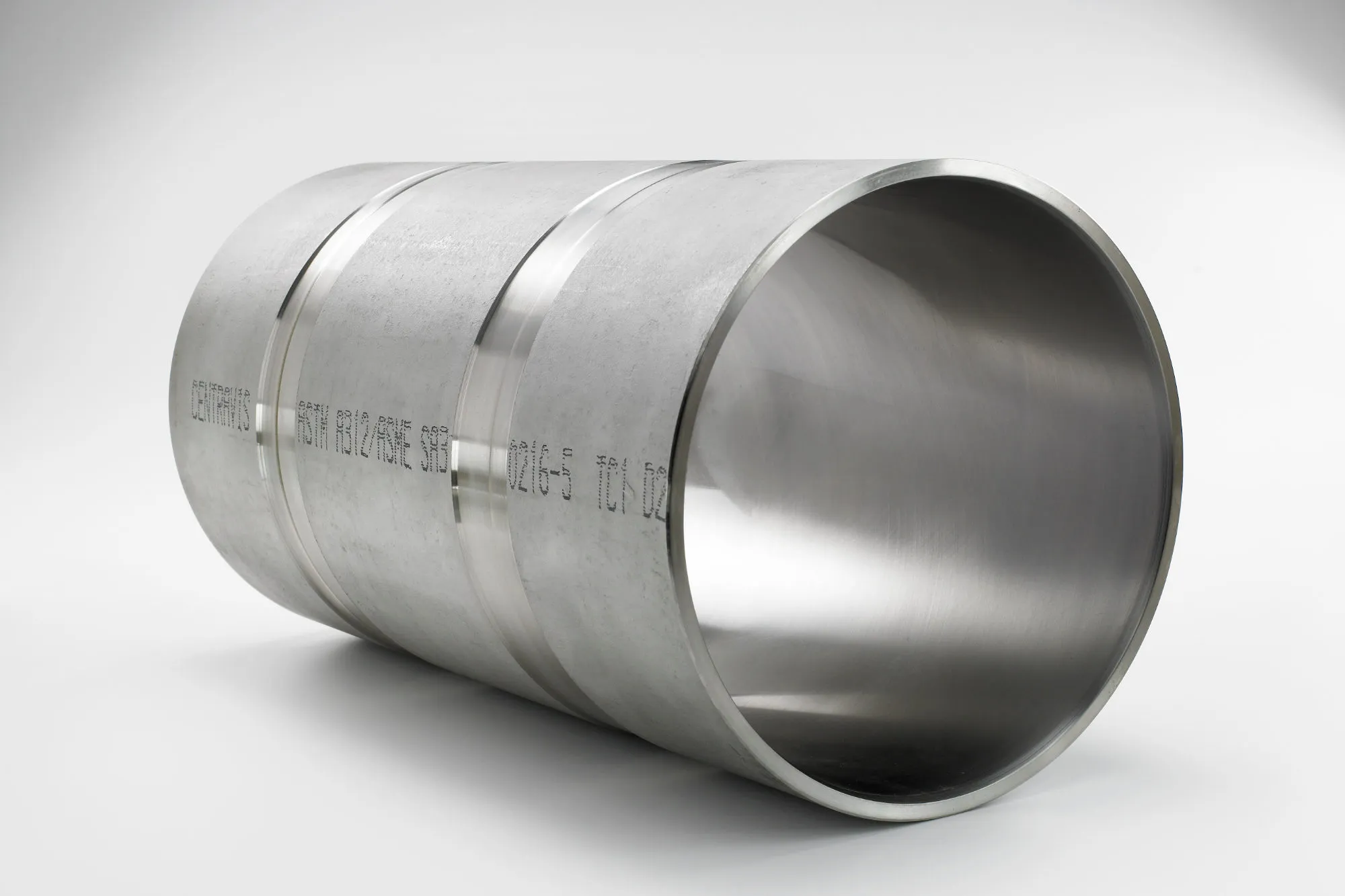
For example, also both left ends had been treated in order to let the assembly of the piece. It has to be stressed the importance of honing the left ends and the roundesses where the O-Ring is allocated since they impact dramatically on the system performance.
Honed tubes, characterized by their precisely machined inner surface, are essential components in various industrial applications where high accuracy and surface finish are crucial. They are used in hydraulic and pneumatic cylinders, offering precision and durability in construction, automotive, and industrial machinery applications.
They are a primary component in hydraulic cylinders, providing precise control and power in various applications.
Supports hydraulic systems in heavy vehicles and suspension systems.
Used in injection molding and press machines for precision operation.
Powers pneumatic cylinders in robotic and automated equipment.
Used in hydraulic systems for tractors and harvesters, providing precise control and power.
Supports hydraulic systems in marine equipment and vessels.
Why Honed Tubes? These tubes, made from high-quality seamless steel (e.g., ST52, E355), offer precision bore and corrosion resistance, ensuring reliable performance in high-pressure hydraulic and pneumatic systems.
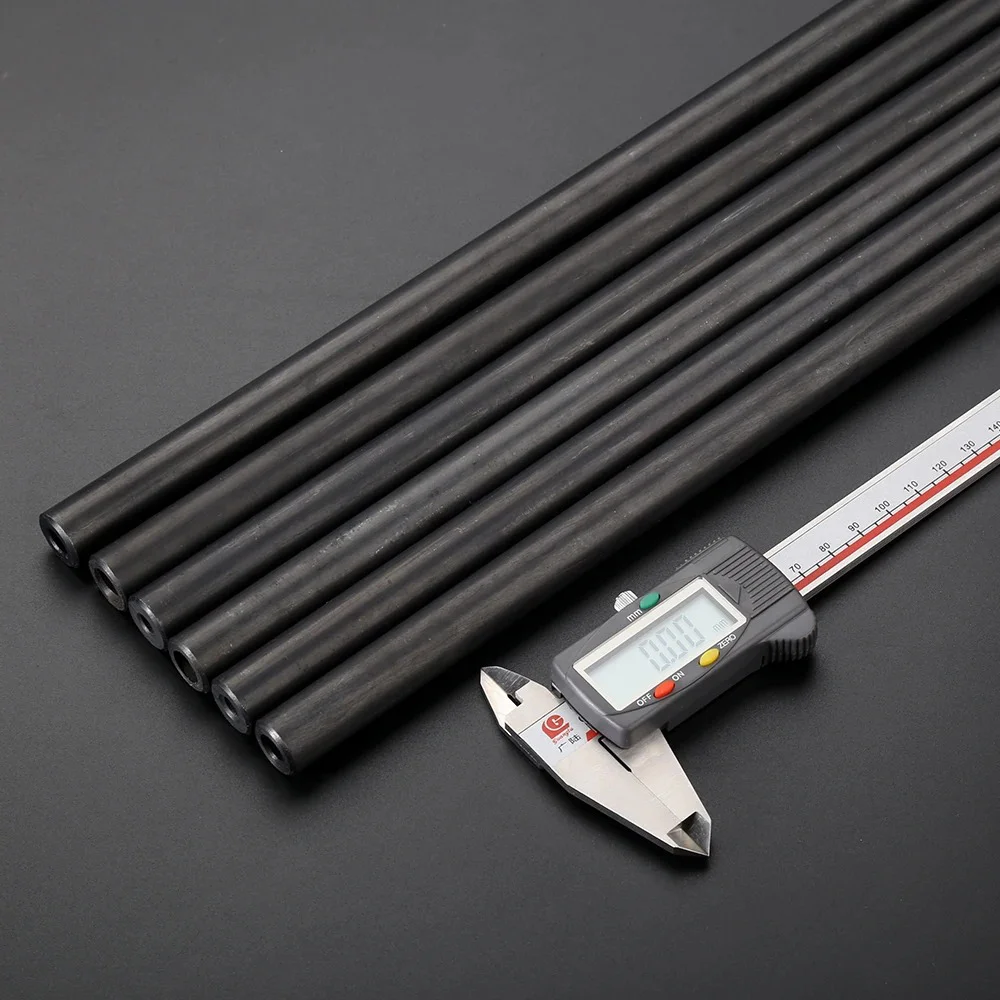
Roller-burnished tubes offer precision bore and du...